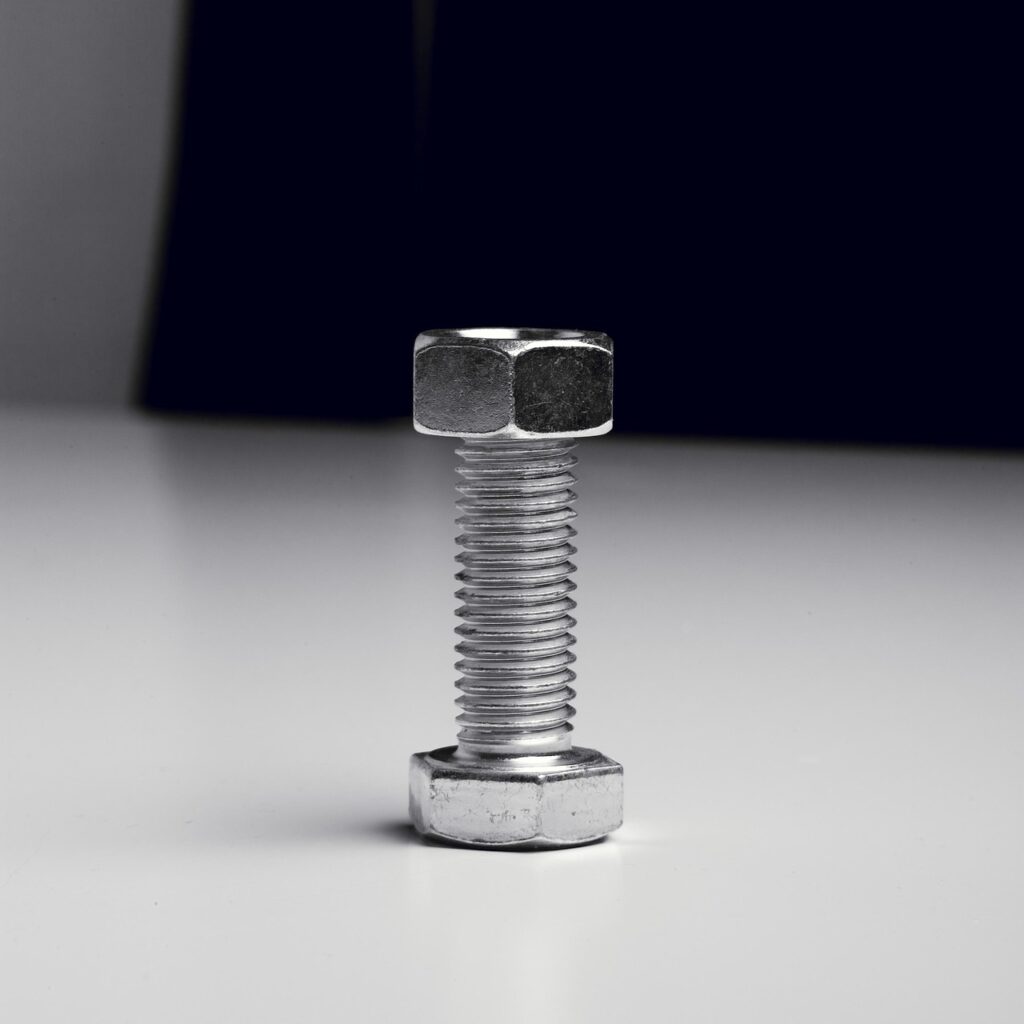When it comes to maintaining a vehicle, much attention is given to engine performance, tire pressure, and oil changes, but there’s one crucial component that often gets overlooked: ball joints. These small but essential parts play a significant role in your car’s steering, suspension, and overall handling. Understanding how ball joints work, how to identify when they need replacing, and why they are so important for your vehicle’s safety can help ensure that your car remains in top condition.
What Are Ball Joints?
A ball joint is a type of mechanical joint that connects the control arms to the steering knuckles in your vehicle’s suspension system. These joints work like the ball-and-socket joints in your own body, providing flexibility and allowing for smooth movement. There are typically two types of ball joints in most vehicles: upper and lower. The upper ball joint connects the control arm to the steering knuckle, while the lower ball joint connects the lower control arm to the knuckle, helping to maintain the vehicle’s alignment and stability.
These joints are crucial for allowing the suspension system to absorb shocks from the road and maintain proper alignment, which is essential for the vehicle’s handling and safety. Over time, however, ball joints can wear out, leading to serious driving issues if not addressed promptly.
The Importance of Ball Joints in Vehicle Suspension
The suspension system in a car is responsible for absorbing the bumps and shocks that occur when driving on uneven surfaces. The ball joint is integral to this system because it helps facilitate smooth motion between the steering components and the suspension system. Without properly functioning ball joints, the suspension system would be less effective, leading to a rougher ride, poor handling, and increased wear on other components.
Furthermore, ball joints are essential for maintaining your vehicle’s alignment. If the ball joints become loose or worn out, it can affect the alignment of your wheels, causing your car to pull to one side or lead to uneven tire wear. This can compromise the stability of your vehicle and negatively impact its handling.
Signs of Worn Ball Joints
One of the challenges with ball joints is that they tend to wear out gradually, often without immediate, obvious signs. However, there are several indicators that can alert you to potential problems with these vital components.
If you notice that your vehicle is making strange noises when you turn, especially clunking or knocking sounds, this could be a sign that the ball joints are worn. These sounds are usually caused by the movement of the joint when it is no longer functioning properly.
Another sign to watch for is poor steering response. If you find that your vehicle is hard to steer, or if the steering feels loose or imprecise, this could indicate that the ball joints are failing and affecting the steering system.
Uneven tire wear is another common issue caused by faulty ball joints. When the ball joints wear out, they can cause the wheels to become misaligned, leading to rapid or uneven tire wear. If you notice that your tires are wearing down faster than usual or that there is uneven wear across the tire’s surface, it’s worth having your ball joints checked.
If you experience any of these symptoms, it’s important to have your car inspected by a mechanic. Ball joints are crucial for the vehicle’s performance and safety, so addressing the problem early can save you from more costly repairs down the road.
Why Replacing Ball Joints Is Crucial for Vehicle Safety
Replacing ball joints as soon as they show signs of wear is essential for the safety and performance of your vehicle. A failed ball joint can cause severe handling issues, including difficulty steering or a loss of control while driving. In extreme cases, a broken ball joint can even cause the suspension to collapse, potentially leading to an accident.
Properly functioning ball joints are vital for maintaining control of your vehicle, especially when driving at higher speeds or on rough terrain. When ball joints are in good condition, they help ensure that your car’s suspension absorbs shocks effectively, keeping the tires in contact with the road. This improves traction, stability, and handling, which are essential for safe driving.
How to Maintain Ball Joints
Maintaining ball joints involves regular inspection and prompt replacement when needed. Most vehicles today are equipped with sealed or greased ball joints, which help reduce friction and wear. However, these joints still need to be checked periodically for signs of wear and tear.
One of the best ways to prolong the life of your ball joints is to keep your suspension system properly aligned. Misalignment can place additional stress on the ball joints, causing them to wear out prematurely. Regular wheel alignments, combined with routine suspension checks, can help ensure that your ball joints last as long as possible.
Additionally, having your suspension system inspected regularly by a professional mechanic can help catch any issues with your ball joints early on. During an inspection, the mechanic will check for play or movement in the joint and ensure that the ball joints are properly lubricated and free of damage.

Conclusion
The importance of ball joints in maintaining the safety, stability, and performance of your vehicle cannot be overstated. These small yet vital components connect the steering and suspension systems, allowing your car to handle smoothly and absorb shocks from the road. If your ball joints are worn, they can lead to poor handling, misalignment, and even dangerous driving conditions. Regular maintenance and early detection of worn ball joints can help you avoid costly repairs and ensure a safer driving experience. By staying on top of your vehicle’s suspension system and replacing ball joints when needed, you can enjoy a smoother, more comfortable ride and enhance the overall performance of your car.















